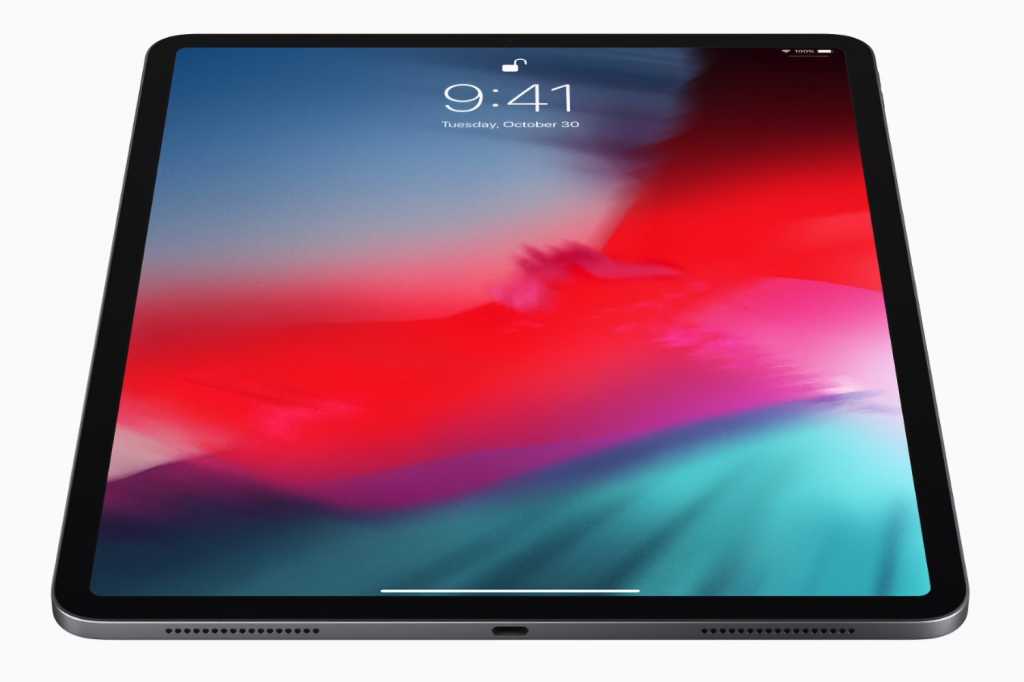Why the next iPad Pro will be closer than ever to a Mac
[ad_1]
It’s officially spring now, which is when the internet’s fancy turns to rumors of 2021’s first Apple announcements. Over the last few years, Apple has generally released at least some new products in early spring, and there’s no reason to think that this year will diverge substantially from this point.
Most of the attention in recent weeks has focused on updates to the iPad. That’s not terribly surprising: though Apple updated both the iPad Air and base-level iPad last fall, the iPad Pro received only a minor speed bump last spring, with the addition of the A12Z processor—far overshadowed by the addition of cursor support and the release of the Magic Keyboard.
But that modest update has created a strange state of affairs where the current top-of-the-line Pro is mostly outclassed by the new iPad Air—the Air even works with the Magic Keyboard as well. It seems clear that the iPad Pro is ripe for an update, possibly a substantial one.
So, as we await the announcement of an event, let’s take a moment to run down some of the technology that we might expect to find in a brand new iPad Pro that will bring it to the next level—and ever closer to the Mac.
Twelve, going on fourteen
At the heart of every iPad is one of the company’s A-series processors, typically a modified version of the latest-and-greatest with beefed-up graphics performance. The A12Z in that 2020 iPad Pro sported an additional graphics core compared to the A12X that powered the 2018 iPad Pro, but was otherwise unchanged.
Meanwhile, Apple’s continued to advance the state of its silicon in its other products: the fourth-generation iPad Air introduced last fall uses an A14 chip—the same as that used in the iPhone 12 line that debuted at the same time. Apple says that processor is up to 40 percent faster than the A12, as well as including graphics and machine learning boosts. Last fall also saw Apple introduce its first Macs built around its own processors; the M1 chips in those machines are very similar to the A14.
At the very least, it seems likely that an iPad Pro introduced in the near future would use a variant of that A14—probably an A14X, though the company could certainly brand it as a Z chip if it included even more graphics performance. Given the kinds of benchmarks that the M1 Macs have recorded, it seems likely that the A14X would be at the same level. (While it’s not totally impossible that Apple would jump to an A15, it seems to reserve its new processor generations for its smartphones, making it more likely we’d see an A15 in this fall’s putative iPhone 13.)
Days of Thunderbolt
Up until last fall’s fourth-generation iPad Air, the iPad Pro could also claim to be the only one of Apple’s smartphones and tablets that eschewed the company’s proprietary Lightning port in favor of a standard USB-C connector. That meant the Pro alone allowed users to easily connect standard peripherals like external storage devices, cameras, displays, and so on.
But now that the Air has the same port, the Pro can’t really use that as a differentiating factor anymore. Which is one reason Apple may be considering bolstering the Pro’s capabilities by supplanting the USB-C connector with a USB 4 port.

Apple
Outwardly, that port won’t look any different from its predecessor, which may leave many users wondering what the advantage of USB 4 is, aside from that fancy number on the end. But this new standard incorporates not only all the benefits of USB-C—including the ability to output video, a symmetrical easy-to-use connector, and power—but also supports both the new USB 4 standard…which is essentially Thunderbolt 3. That means even faster speeds and probably support for higher-resolution external displays.
Apple has already added USB 4 to the M1 Macs it shipped last year, which makes a new iPad Pro the ideal candidate for the next device to incorporate support for this new standard. After all, it’s got “Pro” in the name.
I shall call it: Mini-LED
To look at an iPad, you’d be excused for thinking that it’s about 90 percent display. Apple’s pioneered a number of screen-related technologies in its devices, including Retina displays, ProMotion, and, of course, Multi-Touch. But there have been rumors for a while that it may be looking to make the jump to a new technology: Mini-LED.
Simply put, Mini-LED makes the light-emitting diodes that provide the backlight for displays really, really small—a fraction of the size of the current LEDs. By having smaller lighting elements, the display has finer control over which areas are illuminated or not, which can help make blacks blacker and provide higher contrast. Apple is rumored to bring this technology to the Mac as well in 2021, but the iPad Pro will give us a first look at the tech before it arrives on the MacBook.
As with any new technology, the chief downside to Mini-LED is its cost, which is one reason it would be more likely to debut in a Pro-level iPad that already tends to carry a higher price tag. Not to mention that it also potentially provides an improvement over the iPad Air displays, which means we can no doubt expect Apple to tout its newest iPad Pros as featuring the best display it’s ever made.
[ad_2]
Source link







